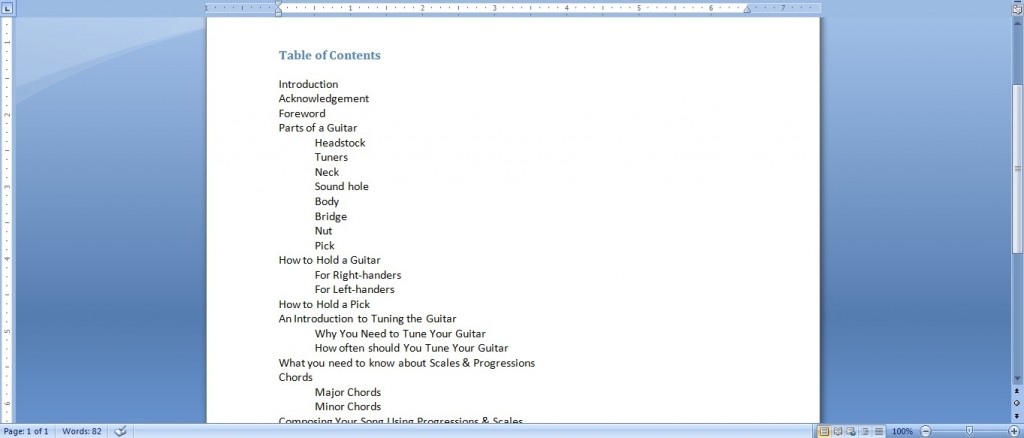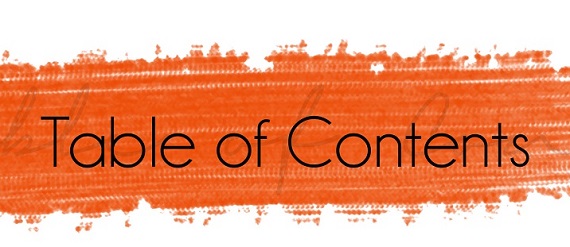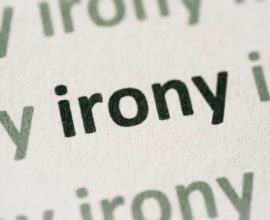How to Effectively Draft the Table of Contents of Your Book
When you intend to write and publish a book, you have to be sure everything is perfect and well crafted. The same applies to table of contents of your book. One of the primary reasons I’m emphasizing the importance of table of contents is that a lot of aspiring writers I know underestimate the importance of table of contents. They see it as something to do after writing a book and give least importance to drafting it. So, I decided to dedicate a separate page for drafting the table of contents for your book.
What does a table of contents NOT signify?
Contrary to what many writers think, table of contents is not assigning names and page numbers to your chapters after you finish writing a book. It is something that should be done during the pre-writing stage. Table of contents is more like an outline of a book that allows you to compile all your ideas and organize them in a comprehensible way. A lot of thoughts should be put in to conceiving the table of contents as it acts as a basis for how your book unfolds. You should know that the flow of your book and its engagement with readers depends on your table of contents.
Plus, a lot of readers spend a minute or two to have a look at the table of contents of your book before they pick it up from the shelves. So, it is up to you to give them an idea, through your table of contents, on what your book will be on, how the topic would be discussed, and where readers could find specific information they’re looking for.
How to Effectively Draft a Table of Contents?
If you’re writing a non-fiction, you need to have a table of contents. However, if you’re writing a fiction, you may choose to include a table of contents in your book or skip this step. For effectively drafting a table of contents, compile and organize your ideas in a single page and choose how you would present it. If you ask me, I would start with the introduction of the book, and then proceed to giving a brief intro on the topic, followed by the core subject to be discussed, and finish with a conclusion. To get a clear picture, write the main headings of your chapters and include the sub-headings of each as well. This will allow you to know exactly what to write on a particular chapter and where to stop.
For your convenience, you can choose to tentatively name the chapters in your table of contents when coming up with ideas and organizing it. You can assign proper names to the chapters once you’re done writing. What you’ve to know is that the table of contents should first act as a guide for you to start and finish writing without any ambiguity.
Sample table of contents
Check out the table of contents I have shared as a sample. Here, assume that I was supposedly writing a book on learning how to play the guitar. If I were to write it, it would look something like this:

Here, I know what to write under each heading and sub-headings as well. Notice that that the topics are not vague but specific. From a reader’s perspective, they would come to know if the information they’re looking for on learning the guitar is discussed in this book. When you draft your table of contents, try to be as specific as possible.





